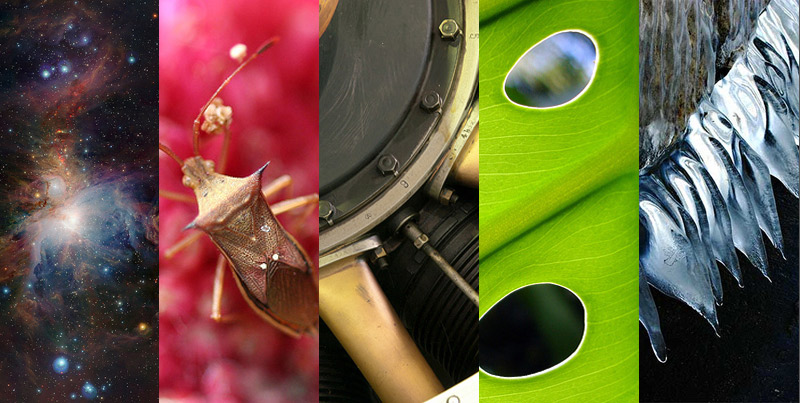 Scientists are in the business of discovery, even if it’s not what they set out to find.
Scientists are in the business of discovery, even if it’s not what they set out to find.
For example, Charles Townes worked much of his life as a researcher for the US military. In the late 1940s, the Navy commissioned Townes with creating a radar system with smaller wavelengths to get more accurate readings. This led Townes and his team to start studying microwaves, and he eventually came up with the concept of a “maser,” which stands for microwave amplification by stimulated emission of radiation. Townes was looking for new ways to study molecules and atoms, and possibly how to control electromagnetic waves.
It was his brother-in-law, Dr. Arthur Leonard Schawlow, who proved that microwaves could be replaced with light in Townes’ concept, and the laser was born.
It’s discoveries like that — unexpected, and often ridiculed endeavors leading to something earth-moving — that were honored yesterday.
The first ever Golden Goose Awards were given to scientists who made unanticipated, yet unfathomably important discoveries with federal research money.
Townes was among the honorees, along with Eugene White, Rodney White, Della Roy and Jon Weber, who came up with a new way to create bone grafts by studying tropical coral. Martin Chalfie, Roger Tsien and Osamu Shimomura were also honored for providing scientists with a means to track and observe cells and genes by extracting Green Fluorescent Protein from jellyfish. Medical and genetic science would not be where it is today if it weren’t for these discoveries. Heck, your cashier at the grocery store would have to punch in each box of cereal or can of tomato soup into the register if it weren’t for the laser.
So if anyone tells you science for science’s sake is silly, just tell them you’re looking for your golden goose.
